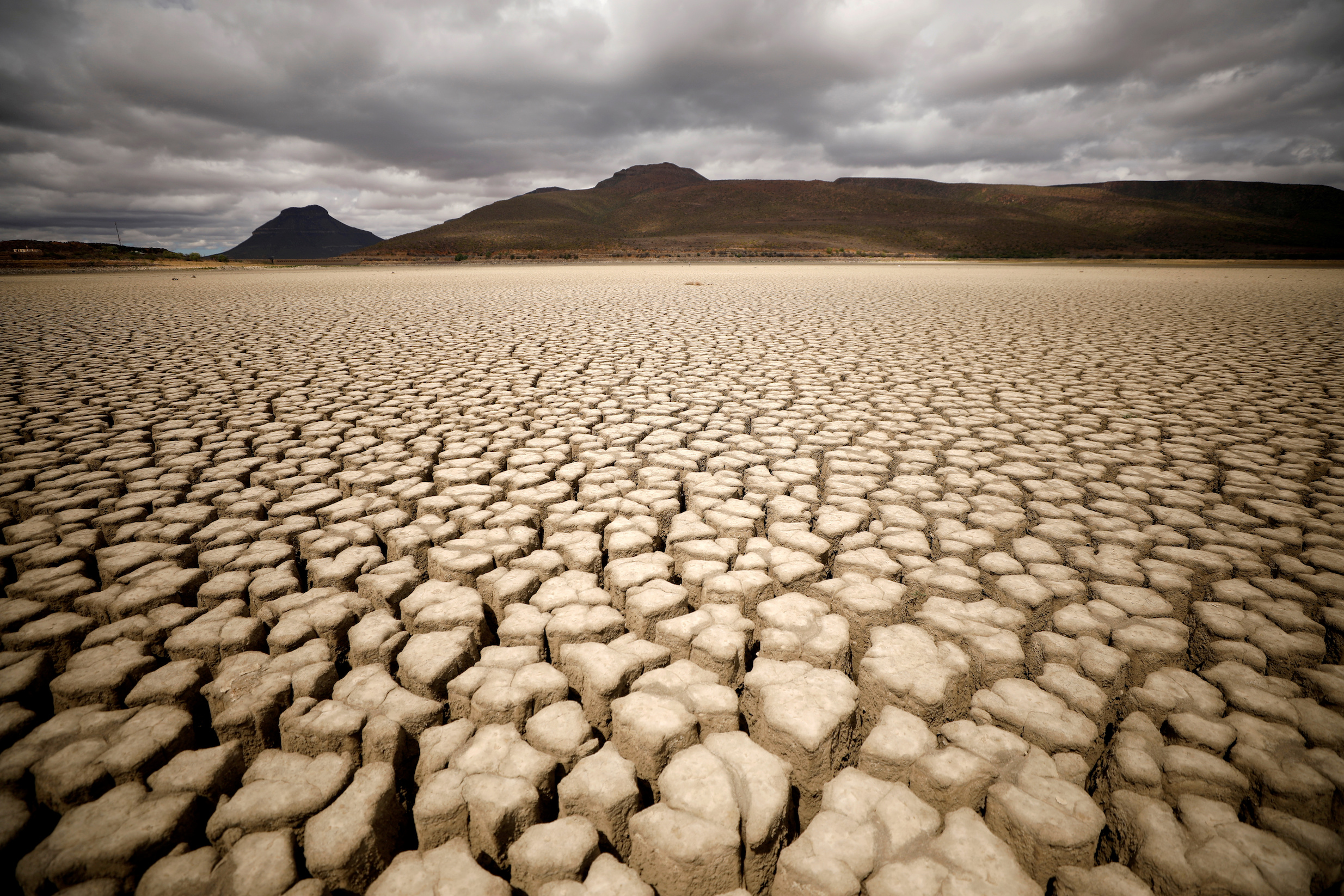
Southern Africa faces dire hunger crisis amid severe drought
Southern Africa is facing its worst hunger crisis in decades, with over 27 million people severely affected by a devastating drought driven by the El Niño weather phenomenon. The drought has ravaged crops, left millions malnourished, and pushed entire communities to the brink of survival.
Lesotho, Malawi, Namibia, Zambia, and Zimbabwe have declared national disasters due to the situation.
The region relies heavily on rain-fed agriculture, and the combination of reduced rainfall and climate change has resulted in widespread crop failure and livestock deaths. The current lean season which began in October, is expected to worsen until the next harvest in March or April. Children are among the hardest hit with millions now at risk of malnutrition.
Angola and Mozambique have also been severely affected, highlighting the broader impact of the drought across the region. Despite desperate calls for international aid, funding has been insufficient. The World Food Program (WFP) spokesperson Tomson Phori said that the WFP requires 369 million U.S. dollars to provide emergency assistance but has received only a small portion of that.
The crisis has led to severe economic consequences as well. Zambia and Zimbabwe, which rely on hydroelectric power from the Kariba Dam, are experiencing widespread blackouts due to critically low water levels. Power outages have further strained economies already struggling with food shortages.
In a desperate attempt to feed their populations, Namibia and Zimbabwe have resorted to culling wildlife, including elephants, to provide meat for those in need.
Southern Africa’s vulnerability to climate change remains a critical concern, as millions depend on rain-fed agriculture. Without urgent international intervention, the region risks sliding further into catastrophe.
(With input from wires)






